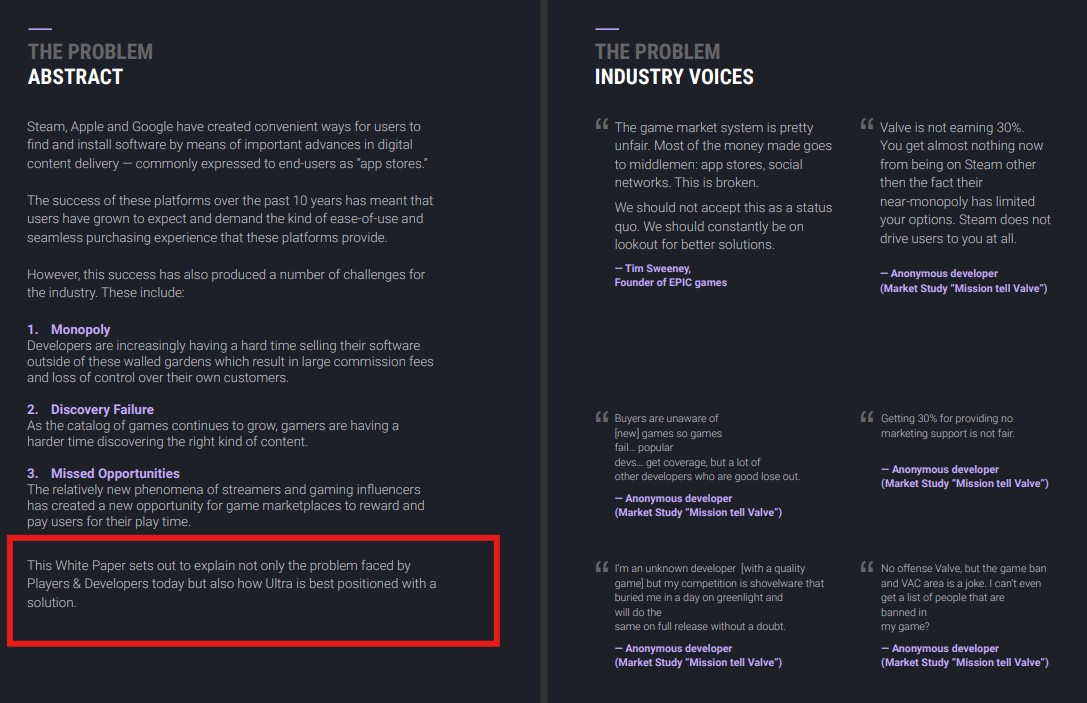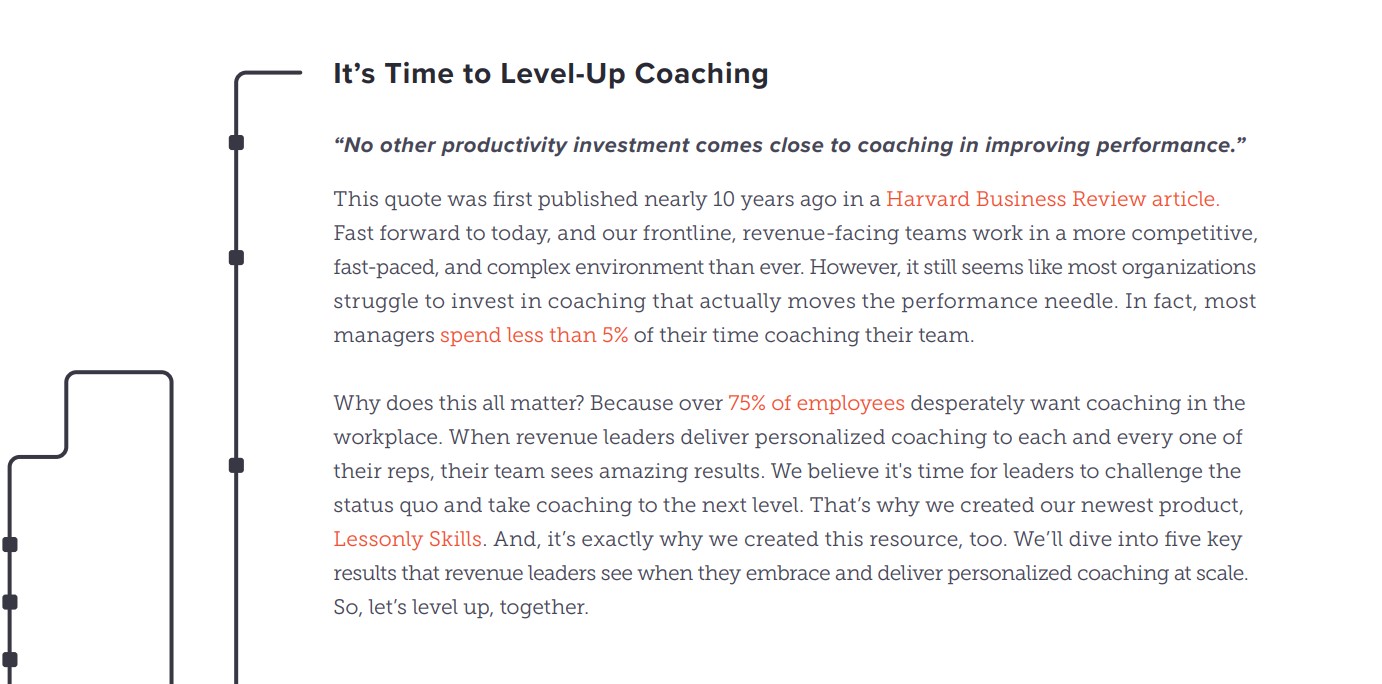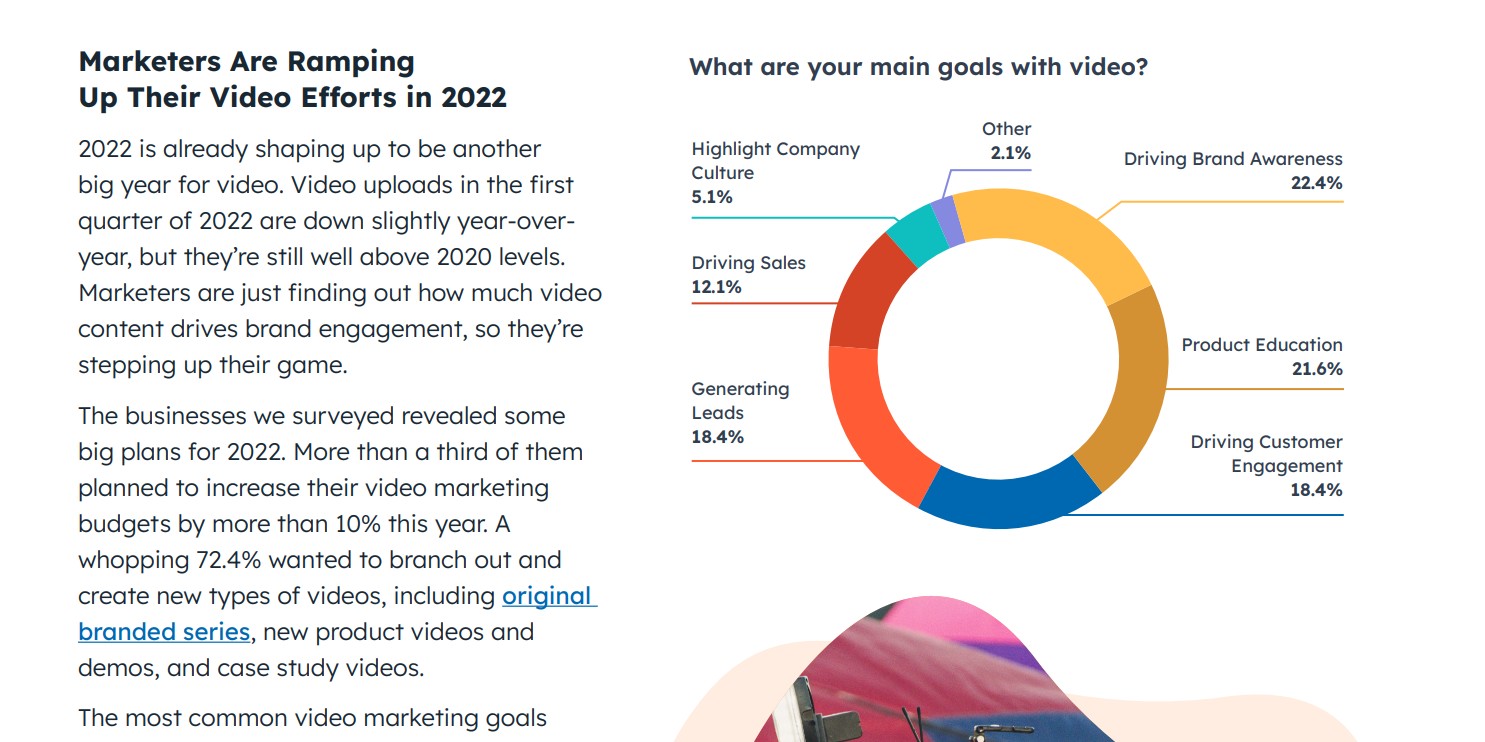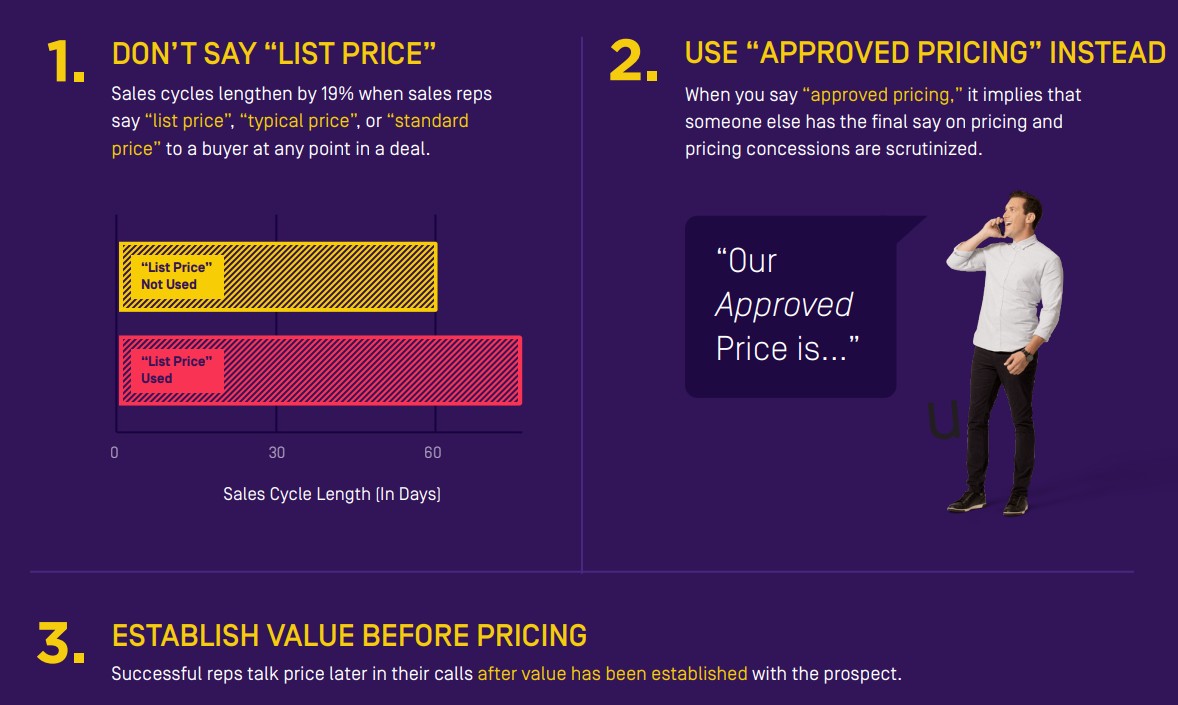White paper is essential for businesses and organizations seeking reliable insights to make informed decisions. Ever come across a detailed industry report that provided in-depth analysis and solutions?
That’s the power of a well-structured document designed to educate and persuade.
What is a White Paper?
A white paper is a research-backed document that presents information, solutions, or analysis on a specific topic. It goes beyond surface-level content, offering data-driven insights, expert opinions, and structured arguments to inform and influence readers.
Unlike blogs or articles, white papers provide in-depth exploration. They often address industry challenges, compare solutions, and demonstrate thought leadership.
Imagine you’re considering new software for your company. A well-written white paper from the provider could outline key challenges, analyze available options, and highlight why their solution is the best fit.
White papers are widely used in B2B marketing, technology, and finance because they build credibility and establish authority.
Want to create one? Start with research, focus on problem-solving, and keep it engaging. A great white paper doesn’t just inform—it convinces.
Now, let’s break down the key elements that make a white paper effective.
Key Elements and Format of White Paper
A well-crafted white paper isn’t just an information dump—it’s a persuasive, research-backed document that guides readers toward a solution.
But what makes a white paper truly effective?
Let’s break it down.
A Captivating Title
First impressions matter! A strong title should grab attention and clearly convey the topic. Think about what would make you stop and read. It typically includes:
- The title of the white paper (Make it compelling!)
- A subtitle (Optional, but useful for clarity)
- Your company name and logo
- The publication date

Abstract or Executive Summary
This section is like a teaser. It provides a brief overview of what’s inside, highlighting the key problem and solution.
Keep it concise—busy readers will appreciate a quick summary before diving in.
Example:
“This White Paper sets out to explain not only the problem faced by Players & Developers today but also how Ultra is best positioned with a solution.”

Introduction: Setting the Stage
Start with a compelling hook. Ask a question, share a statistic, or tell a short anecdote that highlights the issue.
Example: “Did you know 43% of cyberattacks target small businesses? Yet, many don’t have a proper security plan. In this white paper, we’ll explore how AI can bridge this gap.”
Your introduction should clearly define:
The problem being addressed
Why it matters
What readers will learn

Supporting Evidence & Insights
A white paper isn’t an opinion piece—it’s built on facts. Use statistics, expert insights, and case studies to establish credibility. Readers trust well-supported arguments.
Strengthen your argument with:
- Data-driven insights
- Comparisons of different approaches
- Pros and cons of each solution

A Logical Problem-Solution Structure
Give context to the issue. Use industry data, expert insights, and real-world examples to illustrate the problem’s impact.
Avoid making it sound like a sales pitch—focus on providing value. A white paper follows a structured approach:
- Define the problem
- Explore its impact
- Present potential solutions
- Highlight why your approach stands out

Visual Elements for Engagement
Big text blocks?
No thanks.
Break up content with images, infographics, charts, and bullet points to improve readability.

A Strong Conclusion
Wrap up with key takeaways and guide readers on the next step—download a resource, schedule a demo, or explore more content.
Summarize the main points in a few sentences. Reinforce why the issue matters and how the proposed solutions can make an impact.

Call to Action
By including these elements, your white paper won’t just educate—it will persuade, engage, and drive action!
What should readers do next? Invite them to:
- Download a full report
- Sign up for a webinar
- Contact your company for more insights
A strong CTA turns passive readers into engaged prospects!

How to Write a White Paper
A white paper is more than just a document—it’s a powerful tool that educates, persuades, and builds trust. But how do you write one that truly stands out?
Let’s learn step by step.
Understand the Purpose of a White Paper
Before you start writing, ask yourself: Why are you creating this white paper?
- Are you solving a problem for your audience?
- Do you want to establish your brand as an industry expert?
- Are you providing in-depth research to support a decision?
White papers are not sales pitches. They should inform and provide value, helping readers make better decisions. When done right, they can subtly position your product or service as the best solution.
Know Your Audience
Who will read your white paper? A technical professional? A business executive? A general audience?
Understanding your readers will shape the language, tone, and depth of information.
For example, a white paper aimed at IT professionals can include technical jargon, while one for CEOs should focus on high-level benefits and industry trends.
Choose a Strong Topic
A great white paper addresses a specific problem or industry challenge. Your topic should be:
- Relevant: What are the pressing issues in your industry?
- Well-Defined: Avoid broad topics—be specific.
- Researchable: You need credible data to support your points.
Example topics:
- “The Future of AI in Healthcare: Benefits & Challenges”
- “How Cloud Security is Evolving in 2025”
Conduct Thorough Research
A white paper is only as strong as its research. Gather data from credible sources, including:
- Industry reports
- Case studies
- Expert interviews
- Surveys and statistics
Make sure to cite your sources properly—this builds credibility and trust.
Create an Outline Before Writing
Having a clear structure helps organize your thoughts. A typical white paper outline includes:
- Title – Catchy and informative
- Abstract – A brief summary of what’s inside
- Introduction – Present the problem and why it matters
- Background/Challenges – Give context and highlight industry trends
- Proposed Solution – Explain possible solutions with supporting data
- Conclusion – Summarize key points and suggest next steps
- Call to Action (CTA) – Guide the reader on what to do next
Write a Captivating Title
Your title should immediately tell the reader what they’ll gain. Instead of a vague title like “AI in Business,” try:
- “AI & Business: How Automation is Shaping the Future”
- “Why 80% of Companies Are Investing in AI (And You Should Too)”
Start with an Engaging Introduction
The introduction sets the tone. Use an anecdote, statistic, or thought-provoking question to draw readers in.
Example:
“Did you know that 72% of businesses say AI has increased their efficiency? Yet, many still struggle to implement it effectively. In this white paper, we’ll explore how AI is transforming industries and the challenges companies must overcome.”
Your introduction should make the reader feel like they need to continue reading.
Present the Problem Clearly
Readers should immediately understand why this topic matters. Define the problem using industry trends, case studies, or pain points.
Example: If writing about cybersecurity, explain how cyber threats have evolved and why traditional security measures are no longer enough.
Offer Data-Backed Solutions
Don’t just state opinions—support them with data. Use graphs, case studies, and expert insights to make your argument compelling.
Example:
“A recent study found that 65% of businesses using multi-factor authentication saw a 50% reduction in security breaches.”
Use Simple, Engaging Language
Even if your topic is complex, your writing should be clear and engaging.
- Use short sentences and paragraphs.
- Avoid jargon unless necessary (and define it when used).
- Keep the tone informative but conversational.
Incorporate Visual Elements
Long blocks of text can overwhelm readers. Break it up with:
- Infographics
- Charts and graphs
- Bullet points
This not only enhances readability but also makes key insights stand out.
End with a Strong Conclusion & CTA
Summarize key takeaways and guide the reader on what to do next. Should they:
- Download another resource?
- Schedule a consultation?
- Sign up for a webinar?
A strong CTA increases engagement and drives action.
Edit and Proofread
Once you’ve written your white paper, step away for a bit, then come back to edit. Look for:
- Clarity and logical flow
- Grammar and spelling mistakes
- Consistency in formatting
Consider getting feedback from a colleague or hiring a professional editor.
Format for Readability
A well-structured white paper is easier to read. Use:
- Headings and subheadings
- White space to break up text
- Numbered lists and bullet points
A polished layout makes your white paper feel professional and credible.
Types and Examples of White Paper
A white paper serves different purposes based on its audience and objectives. Choosing the right type ensures the message is effective, credible, and valuable to readers. Below, we explore the most common types of white papers, their features, and examples to illustrate their applications.
Business White Paper
A business white paper offers insights into industry trends, business strategies, and data-driven decision-making. It typically includes case studies, market research, and expert analysis to help businesses navigate challenges and opportunities.
Key Features:
- Market research and trends
- Data-driven strategies
- Case studies and best practices
Best for:
Corporate executives, business strategists, and decision-makers.
Example:
Disruptions in Retail through Digital Transformation: How E-Commerce and AI Are Reshaping the Industry – A white paper exploring the impact of digital advancements on retail and strategies for growth.
Problem-Solution White Paper
This type of white paper identifies a specific issue within an industry and provides a well-researched solution. It is widely used to educate audiences while subtly positioning a company’s product or service as an effective answer.
Key Features:
- Clear problem definition
- Solution-oriented content
- Data and real-world applications
Best for:
B2B marketing, technology, and industries facing complex challenges.
Example:
Cybersecurity in the Age of Remote Work: Challenges and Solutions for a New Normal – A white paper exploring the security risks of remote work and strategies to protect businesses in a digital-first world.
Technical White Paper
A technical white paper dives deep into specific technologies, methodologies, or processes. It is designed for industry experts and professionals who require detailed explanations and technical specifications.
Key Features:
- Advanced technical insights
- Data visualizations and diagrams
- Comparisons of technologies or methodologies
Best for:
IT, engineering, and scientific industries.
Example:
A Survey of Blockchain-Based Systems: Scalability Issues and Solutions, Applications, and Future Challenges – A white paper analyzing blockchain scalability, its applications across industries, and the challenges shaping its future.
Government White Paper
Governments use white papers to introduce policies, legislative proposals, and large-scale solutions for public concerns. These papers provide a detailed analysis and present recommendations backed by extensive research.
Key Features:
- Policy-driven content
- Data-backed recommendations
- Public impact focus
Best for:
Policy makers, government agencies, and regulatory bodies.
Example:
Roadmap for a Low Carbon Economy by 2050 – Referring to the consultation on the roadmap, the Norwegian Ministry of Environment provides key insights and remarks on the transition to a sustainable future.
Backgrounder White Paper
A backgrounder white paper provides a detailed explanation of a product, service, or technology, focusing on features and benefits without necessarily addressing a problem.
Key Features:
- In-depth product/service details
- Competitive comparisons
- Focus on features and benefits
Best for:
Product marketing, software launches, and technical explanations.
Example:
How We Secure Our Infrastructure: A White Paper – This white paper explores Google’s security framework, best practices, and advanced measures to protect cloud infrastructure from modern threats.
Educational White Paper
An educational white paper is designed to provide knowledge on a specific topic without direct product promotion. It builds trust and establishes thought leadership.
Key Features:
- Neutral, informative content
- In-depth industry knowledge
- No promotional elements
Best for:
Industry awareness, corporate training, and thought leadership.
Example:
The Fundamentals of Machine Learning – This white paper provides an in-depth exploration of machine learning concepts, applications, and key methodologies shaping AI-driven technologies.
Numbered List White Paper
This type structures information in an easy-to-read, list-based format, making complex topics more digestible.
Key Features:
- Numbered format for readability
- Straightforward, concise points
- Engaging and shareable content
Best for:
Marketing guides, business strategies, and industry tips.
Example:
Republicans Are Trying to Win by Spreading Three False Talking Points – Here’s the Truth – This white paper examines key political talking points, their inaccuracies, and the broader impact of misinformation on public perception and elections.
Research White Paper
This white paper presents deep industry research, statistical analysis, and data-driven insights to establish credibility and thought leadership.
Key Features:
- Data and statistics-heavy content
- Long-form, comprehensive analysis
- Academic-style references and citations
Best for:
Government agencies, research institutions, and data-driven industries.
Example:
Report on India’s Renewable Electricity Roadmap 2030 – This white paper outlines India’s strategic approach to scaling renewable energy, addressing policy frameworks, and achieving sustainability goals by 2030.
How to Choose the Right Template for a White Paper
Choosing the right white paper template is crucial for ensuring readability, professionalism, and engagement. A well-structured template helps organize content effectively while maintaining a visually appealing layout. Here’s how to select the best one:
Identify Your White Paper Type
Different white papers require different formats.
- Business & B2B White Papers → Professional designs with sections for data and insights.
- Problem-Solution White Papers → Clearly defined sections for problems, solutions, and case studies.
- Technical & Research White Papers → Detailed layouts with charts, citations, and graphs.
- Educational & Backgrounder White Papers → Simple, informative layouts with a focus on clarity.
Focus on Readability
Your template should:
- Have clear headings and subheadings (H1, H2, H3) for easy navigation.
- Use ample white space to improve readability.
- Feature consistent, professional fonts for a polished look.
Choose a Visually Engaging Design
A white paper should be informative and engaging. Look for templates with:
- Graphs, charts, and infographics to break up text.
- Branding elements like company logos and color schemes.
- Callout sections to highlight key insights.
Ensure Compatibility
- PDF Format – Best for sharing via email or downloads.
- HTML/Web-Based – Ideal for SEO and interactive content.
- Print-Friendly Layout – Ensures a professional appearance in physical copies.
Use Reliable Template Sources
Platforms like Canva, Microsoft Word, PowerPoint, and Adobe InDesign offer customizable white paper templates tailored to different needs.
Choosing the right template ensures your white paper is structured, engaging, and impactful.
A white paper isn’t just a document—it’s a strategic tool for informing and influencing decisions. With well-researched insights and structured analysis, it helps businesses establish authority and build trust. Whether guiding industry trends or solving challenges, a compelling white paper turns information into impact.
Success lies in clarity, relevance, and engagement. Focus on providing real value, and your white paper will not just educate but drive action.
Ready to create one?
Start with a clear objective, back it with data, and craft a narrative that resonates with your audience.


Leave a Comment